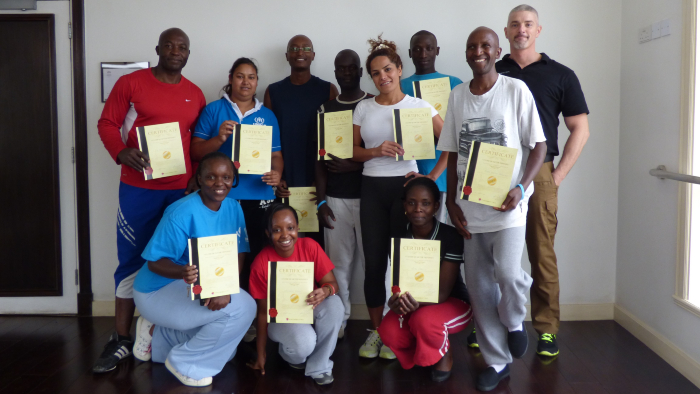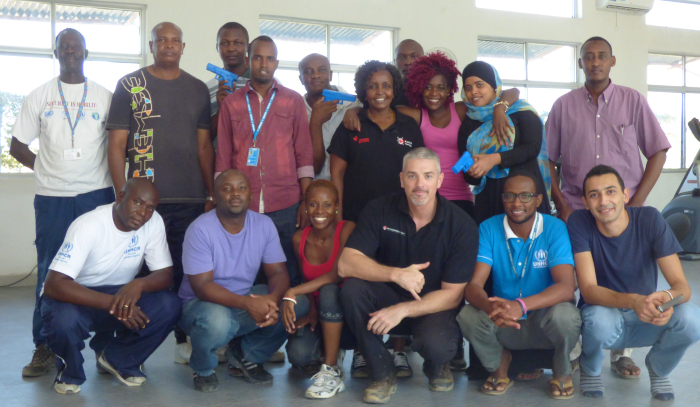Street crime today has become a major source of fear among the members of the public because victims face a sudden threat to life, a loss of control and an invasion of personal space. Street robbery is an especially fear-inducing crime because of the context in which it is likely to occur—during the course of someone’s normal everyday routine or activities.
Surviving a street robbery or mugging is not a straightforward matter. Compliance may not ensure survival and knowing the exact survival process to follow will be complicated if all the dynamics of the situation have not been considered. The Street Survival program will break down and analyze the processes used by the financial predator and give you the tools to realize if you are being set up for a crime.


















